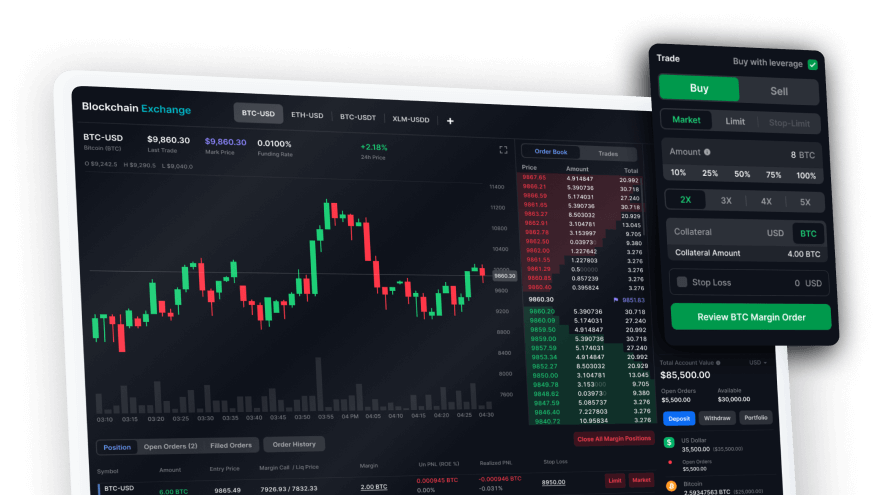Bitcoin Satoshi’s Vision (BSV) is a fork of the BCH network with no innovations, destinations, or directions. The primary goal is to preserve what its developers see as the essence of Bitcoin, mainly by scaling capacity on oncahin activity.












A brief history
As with Bitcoin Cash, the creation of Bitcoin SV was largely linked to the debate on scaling the Bitcoin blockchain. In 2018 a hard fork of Bitcoin Cash created the Bitcoin SV blockchain. The main goal of Bitcoin SV, led by the team of nChain, was to increase the block size- and thus the number of transactions that can be confirmed in a single block- to 128 MB. There are also plans to increase the size further to 2 GB. This is significantly larger than Bitcoin Cash’s goal of an eventual 32 MB. Bitcoin SV reports that it conducts 300 transactions per second on average, with a peak capacity of 2,800 transactions per second on its mainnet (as of July 2020). When BSV was listed on 15 November 2018, its price was $200. The price rose and fell quickly after its launch but stabilized at the end of the year at around $90.
BSV in practice
Similar to the Bitcoin blockchain, Bitcoin SV uses a proof-of-work consensus system. In this system, cryptocurrency miners compete to discover new blocks by using specialized computing equipment and are rewarded with BSV for validating these blocks. According to a September 2021 press release from the Bitcoin Association, the Bitcoin SV network demonstrated a throughput of 50,000 transactions per second- all at a predictably low cost. The median fee on the Bitcoin SV network in 2020 was 1/50th of a U.S. cent. Despite the focus on “peer-to-peer” electronic cash, there are indications that Bitcoin SV is being used for a variety of use cases beyond money. For example, one BSV-powered application, WeatherSV, uses the blockchain to record large amounts of weather and climate data, while Memo and Twetch act as blockchain-based social networks.



































































































